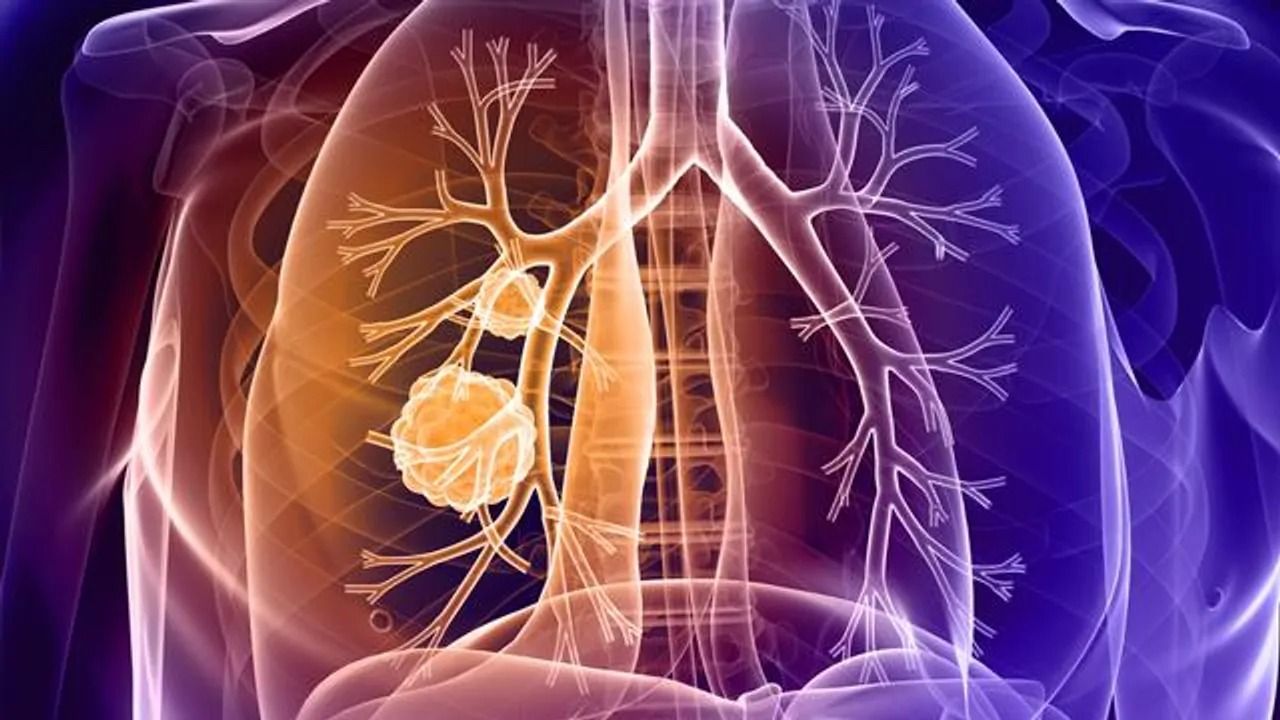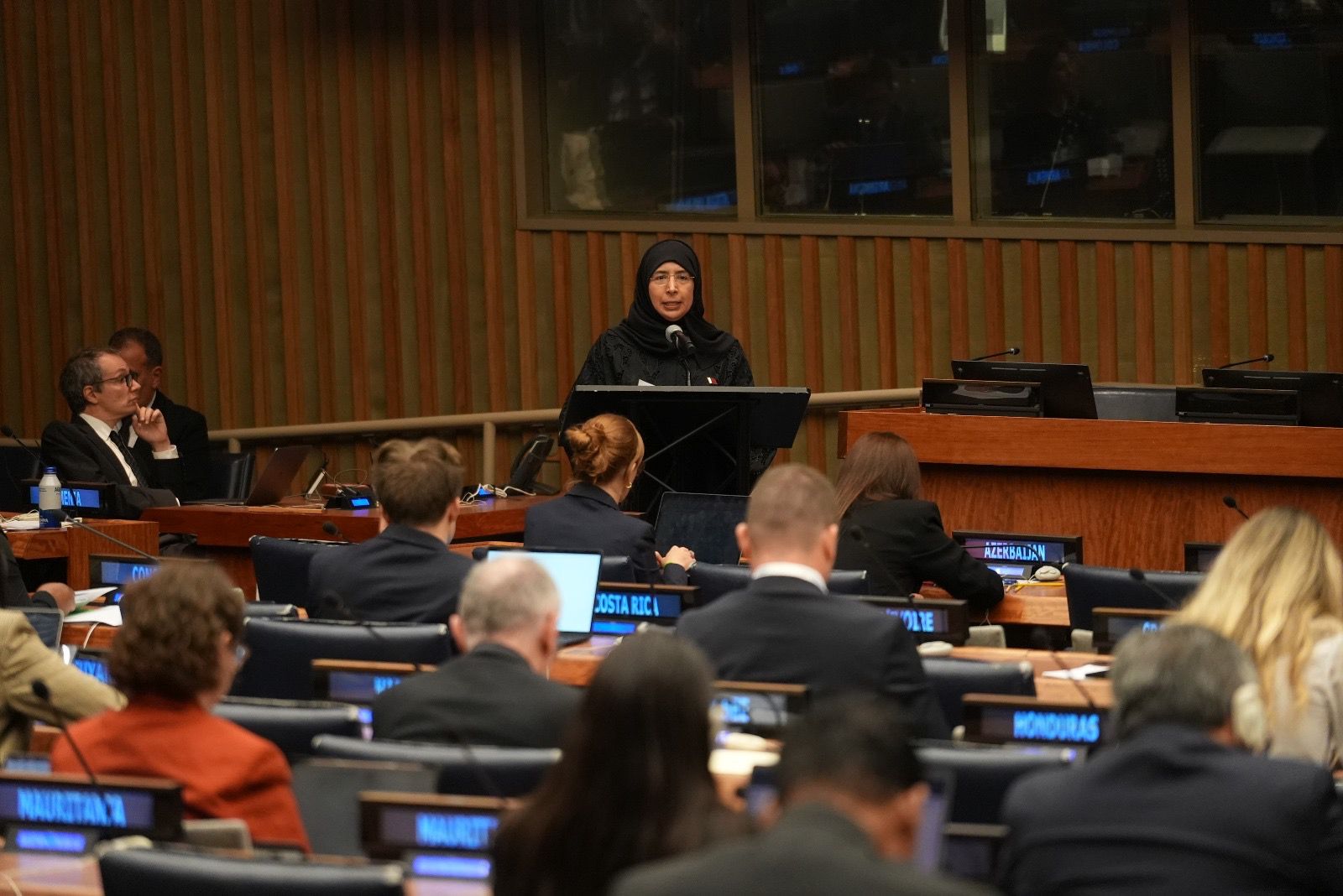On World Lung Cancer Day, we take a deep dive into everything you need to know about the symptoms, risks, types and diagnosis of lung cancer.
Lung cancer is the leading cause of cancer death worldwide and is the most commonly diagnosed cancer in the world.
Although early symptoms are often considered quite subtle, the earlier you are diagnosed the better the treatment options and your possible outcomes.
Symptoms
While symptoms aren’t always visible during the early stages of lung cancer, when they do occur, they can include:
- Shortness of breath
- A cough that is lingering or worsening
- Chest pain that becomes more painful when you breathe deeply, or cough, or laugh
- Wheezing
- Hoarseness
- Coughing up phlegm or blood
- Weakness and fatigue
- Loss of appetite and weight loss
- Respiratory infections that occur frequently such as bronchitis or pneumonia
In addition, a less obvious and often overlooked symptom of early-stage lung cancer is back pain. This pain occurs when the tumors apply pressure on your lungs, or when they spread beyond the lungs to the ribs or spinal cord.
Symptoms of later stage lung cancer depend on where the cancer has spread. Therefore, symptoms can differ significantly between one person and another. Some late-stage cancer symptoms can include:
- Headaches
- Bone pain specifically in the back, ribs, or hips
- Lumps in the neck or collarbone
- Dizziness
- Issues with balance
- Yellowing of skin and eyes (known as jaundice)
- Numbness in the arms or legs
- Shoulder pain
Lung cancer tumors can occasionally release hormone-like substances that lead to a variety of different symptoms known as paraneoplastic syndrome. Symptoms associated with this include high blood pressure, high blood sugar, muscle weakness, seizures, confusion, nausea and vomiting.
Risk factors
While anyone can get lung cancer, most (90%) of lung cancer cases are associated with smoking.
According to the Centers for Disease Control and Prevention (CDC), cigarette smokers are 15 -30 times more likely to develop lung cancer than non-smokers.
Smoke damages the lung tissue and causes the lung to behave abnormally, thus growing your risk for lung cancer. If you are a smoker who decides to stop smoking, your lungs may be able to heal over time, greatly reducing your risk for developing lung cancer in the future.
Secondhand smoke is also considered an important risk factor. Among non-smokers, secondhand smoke causes approximately 7,300 deaths from lung cancer in the United States alone.
Non-smokers who are continuously exposed to secondhand smoke either at home or at the workplace increase their risk of developing lung cancer by 20-30%.
Lung cancer can also occur as a result of breathing in hazardous substances such as radon, asbestos, arsenic, chromium, and/or others. According to the American Lung Association, exposure to radon is currently considered the second leading cause of lung cancer after smoking.
Having a family history of lung cancer also increases your risk of developing lung cancer. Additionally, if you’ve had lung cancer in the past, you are more likely to get lung cancer again, especially if you are a smoker.
Types of lung cancer
There are different types of lung cancer.
Most lung cancers are either non-small cell lung cancer (NSCLC) or small-cell lung cancer (SCLC), however, some patients have tumors that contain both types of cells.
Non-small cell lung cancer (NSCLC) accounts for 80-85% of all lung cancer cases.
There are several sub-types of NSCLC, depending on where in the lungs the cancer originated. Most types of NSCLC tend to respond well to treatment if detected in the early stages.
Small-cell lung cancer (SCLC) accounts for approximately 15-20% of lung cancers.
This type of cancer is considered more aggressive that NSCLC. While SCLCs often respond better to chemotherapy, people with SCLC are less likely to be cured than those with NSCLC.
Mesothelioma is a type of lung cancer that is associated with exposure to asbestos. It is aggressive and fast-growing and does not typically respond well to treatment.
Diagnosis and treatment
Diagnosing lung cancer often starts with a conversation with a medical professional along with a physical examination.
The doctor will ask to go through your medical history and the symptoms you’ve been experiencing.
Tests will be essential to confirm the diagnosis. These tests often include imaging tests to detect the presence of an abnormal mass (such as X-rays, MRI, CT, and PET scans).
Other tests can also include sputum cytology (examination of the phlegm you produce when you cough), or a bronchoscopy (examination of lung tissue through a lighted tube that is passed down through the throat). You may also need a biopsy, a procedure where a small sample of lung tissue is extracted and examined under a microscope to determine whether tumor cells are cancerous or not.
Treatments for lung cancer include surgery to excise the tumor, as well as chemotherapy and radiation treatments to kill the cancer cells.
Newer cancer treatments such as targeted therapy and immunotherapy can also be used, but usually not until later stages.
Treatment depends largely on the type of cancer and the stage you are diagnosed with.
Some newer therapies are helping improve the odds of survival for those with lung cancer, and therefore, increased funding and support for clinical trials and more research on therapies and treatments is crucial.







